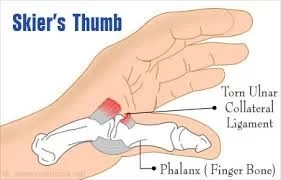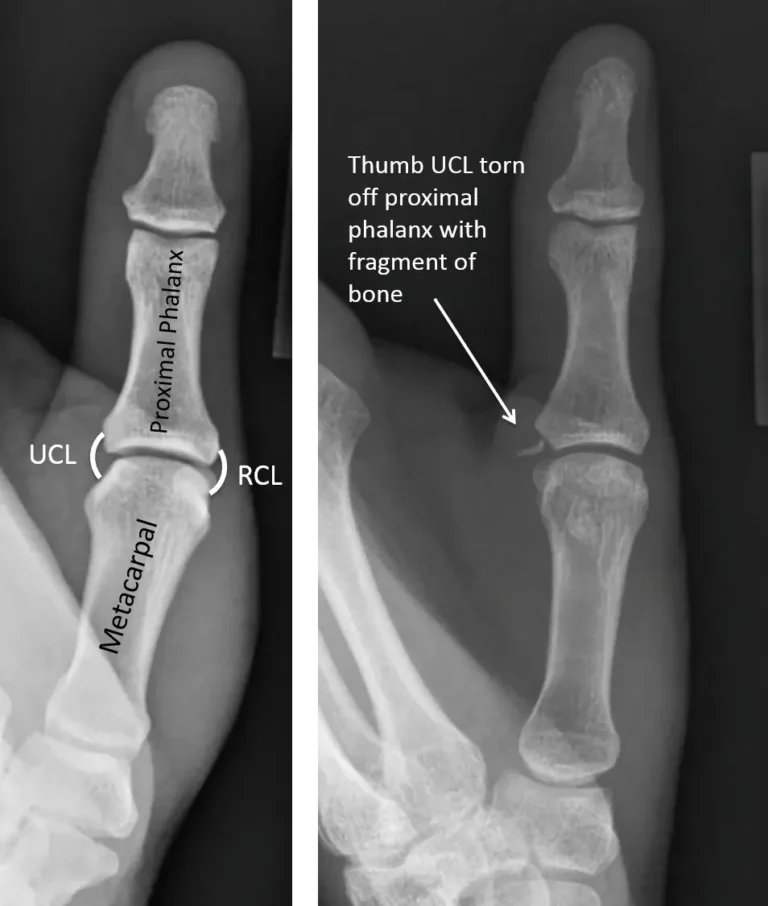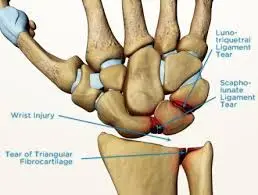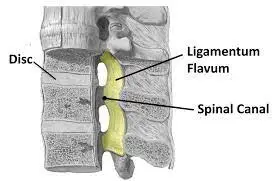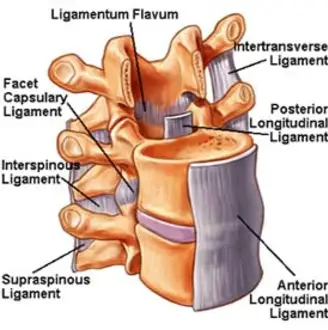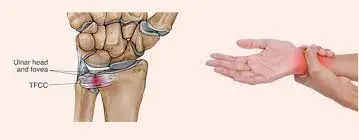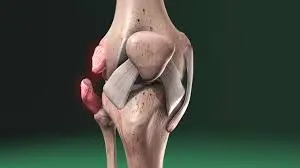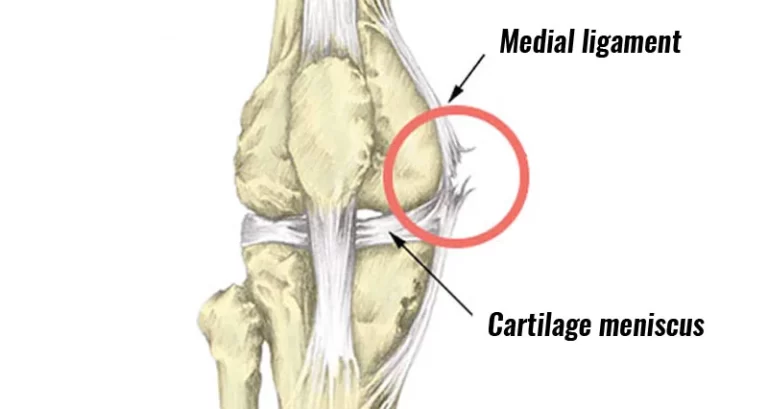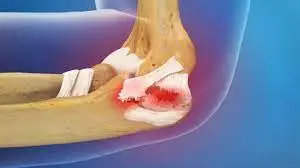Skier’s Thumb (Ulnar Collateral Ligament Injury- Thumb)
Introduction: Skier’s thumb is also known as “gamekeeper’s thumb,” which refers to a common injury to the thumb’s ulnar collateral ligament (UCL). Usually, it occurs by a rapid, strong, outward bending of the thumb, like when you fall while carrying a basketball or a ski pole. The base of the thumb joint is stabilized by…

